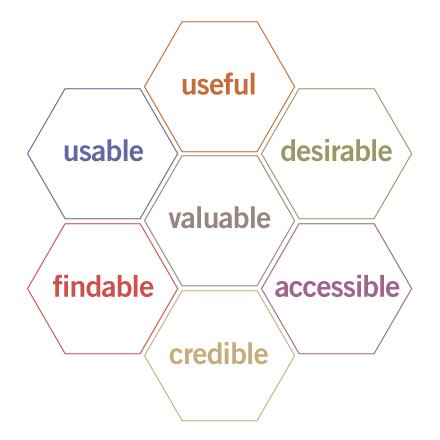
How good UX leads to conversions

Whenever I hear someone ask why the user experience is so important, I think of that saying we all heard as kids: You can lead a horse to water, but you can’t make it drink.
Getting the horse to drink in this example, would be a conversion. You can’t force the horse to drink the water any more than you can force a user to take a desired action.
Conversion isn’t about making someone do something, it’s about providing an environment that makes doing that thing irresistible.
Let’s look at this from the horse’s perspective. Imagine you’re a horse, and there’s a big trough of water nearby. What would drive your decision to go check it out? What would convince you there was something better two farms down the road? You’d probably consider a few things, like:
- Am I thirsty?
- Does the water look drinkable?
- Am I safe?
- Have my friends tried this water? What did they think?
- Is the water conveniently located? Is there another trough closer to me?
Just the existence of the trough of water isn’t enough to win you over. Your environment needs to be just right before you’ll start heading in that direction. But just because you’ve started trotting to the trough, that doesn’t mean you’ll go all the way. A lot of things can deter you along the way.
In other words, there’s a lot standing between your user and a conversion. And that’s where a fantastic user experience can make your—and your user’s—life a lot easier.
This is where user experience and conversion become tightly intertwined. If we don’t pay enough attention to the entire experience a user has when interacting with a company, we can’t motivate them to the action we want.
Peter Morville came up with a great way of looking at the components of user experience with his UX Honeycomb.

Peter Morville’s UX Honeycomb
If we think about each of these as it relates to our friend, Mr. Ed, it’s pretty easy to imagine how they relate to the horse and the trough of water. Can he find the water? Does he need it, or even want it? Can he physically get to the water?
Your users have to go through a similar process, and if you want them to convert, you need to ensure that when you ask, “Is it findable?” or “Is it credible?” or any of the other pieces of the honeycomb, the answer will be yes.
Why? Because in order to encourage a specific behavior, we need to make it easy for users to choose that path. Or, as Steve Krug famously said, “Don’t make me think.”
Components of Good UX Design
Good UX design creates an environment that is more likely to convert.
There are plenty of opinions on the key components of “good UX design” but for the sake of our discussion, let’s just focus on a few.
Testing
One thing nearly all high converting sites have in common is that they test. Early, and often. After all, converting is all about presenting your user with an option they can’t resist. And that means it’s all about them. So why not seek out their feedback as much as you can?
If you’re surprised testing shows up first on the list, you’re not alone. Many organizations think testing is something that’s done after a product, site, app, or feature (or anything, really) is in its final stages. In reality, you can—and should—begin testing in the prototype or wireframing stage.
Design
Design is probably one of the most talked-about aspects of user experience. It’s the first thing we notice, both consciously and subconsciously, and it influences us strongly and quickly. Research has shown that 94% of users form an opinion of site or app’s design within the first few seconds.
The typography, color scheme, animation, and other design elements like parallax scrolling play a significant part in users’ gut reaction.
Content
Design will get your users through the door, but great content will keep them around. Understanding your audience and what they’re interested in—not necessarily what you want them to be interested in—will engage your users. Wherever possible, employ storytelling techniques to relate to your audience. Users want to hear about how whatever you can help them with, not what you think is so great about your offering.
Testing (again)
After you’ve gone through all the prototyping, testing, going back to the drawing board, and creating the “final” design, it’s time to test again. Yep. Testing on a regular basis–even if you think everything is perfect—is an ongoing process. Your users, just like everything else in the universe, change every day. What worked a year ago, might not work today.
Final thoughts
Conversions and the user experience are closely intertwined. You really can’t have one without the other. To bring it back to our friend, Mr. Ed, all the water on the planet won’t convince him to take a sip. The environment has to be just right to guide him to that decision. That’s user experience. And conversions are what happen when you do that well.





